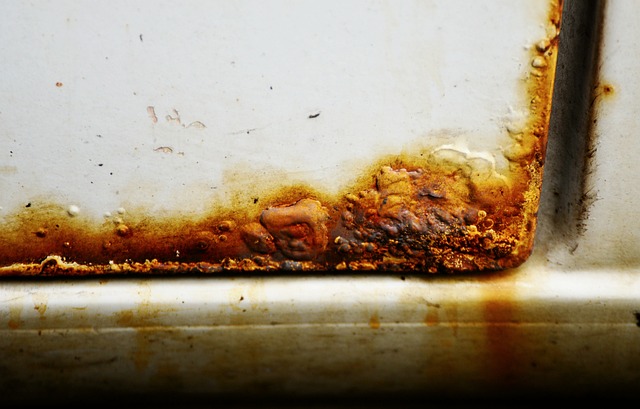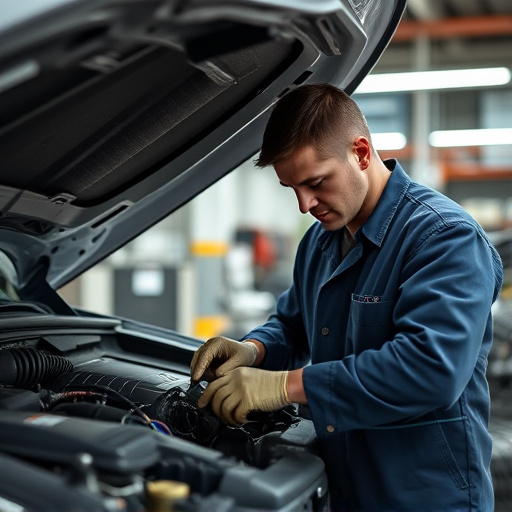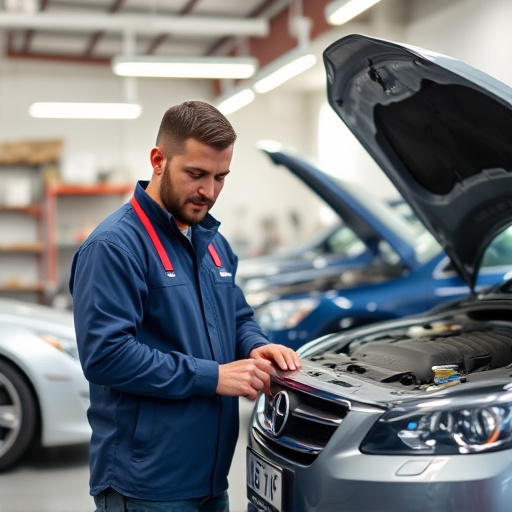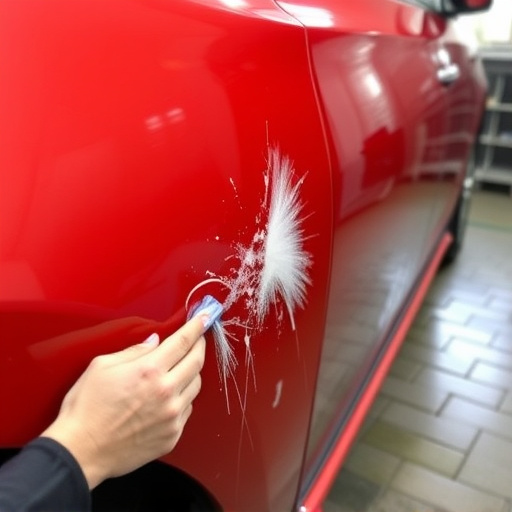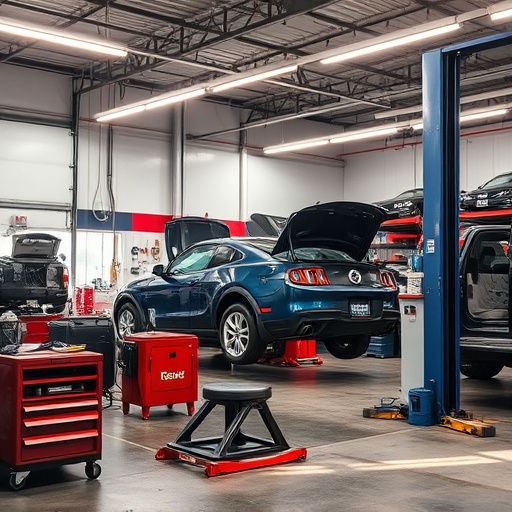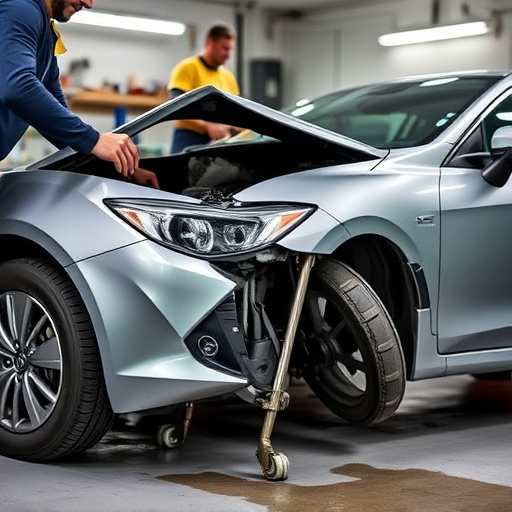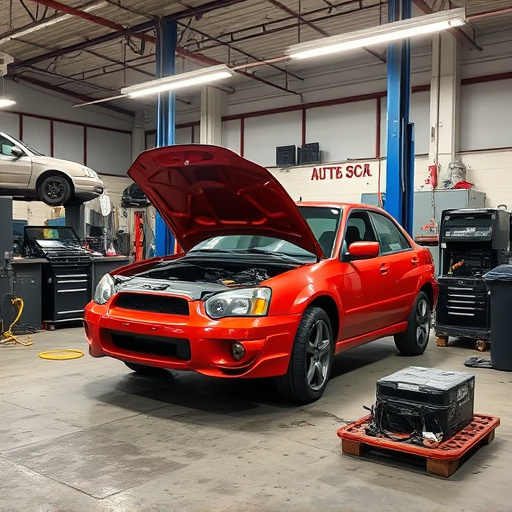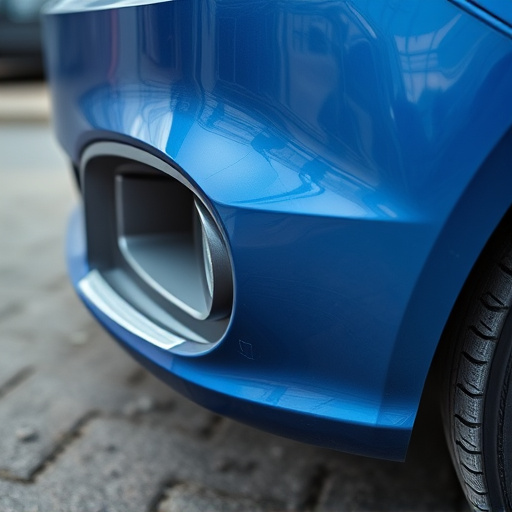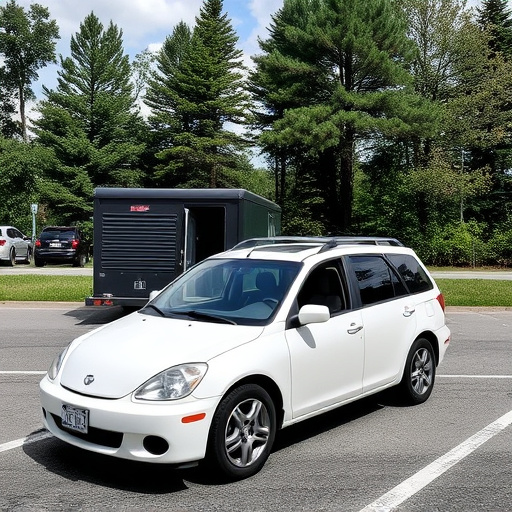The Mercedes Rollover Protection System (MRPS) employs impact sensors to monitor wheel speed and lateral acceleration, detecting potential rollovers swiftly. Upon detection, MRPS activates structural reinforcements in the chassis and body, minimizing occupant exposure to severe impacts and improving survival rates. This advanced system enhances overall vehicle safety and bodywork integrity during hazardous events like sharp turns or severe weather conditions.
Mercedes’ Rollover Protection System (MRPS) is a sophisticated safety feature designed to safeguard occupants during potentially fatal rollovers. By employing a network of impact sensors, MRPS can detect and respond to side-impact collisions, deploying protective mechanisms to minimize injury. This article delves into the intricate workings of MRPS, focusing on the crucial role of impact sensors and the seamless communication that enables this life-saving system to function at its peak.
- Understanding Mercedes Rollover Protection System (MRPS)
- Impact Sensors: The Unseen Guardians of MRPS
- Communication Between MRPS and Sensors: A Lifesaving Network
Understanding Mercedes Rollover Protection System (MRPS)
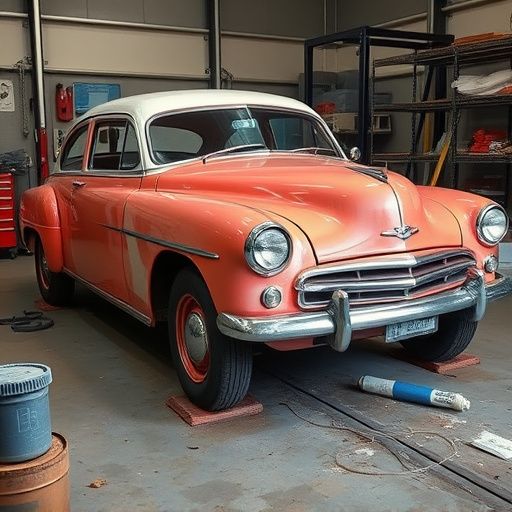
The Mercedes Rollover Protection System (MRPS) is a sophisticated safety feature designed to protect occupants in case of a vehicle rollover. This system utilizes a network of sensors to detect potential rollovers and activate a series of measures to minimize the risk of severe injuries. By understanding how MRPS works, drivers can appreciate the advanced safety features built into their Mercedes vehicles.
MRPS continuously monitors vehicle dynamics, such as wheel speed and lateral acceleration, through impact sensors strategically placed throughout the car. When unusual patterns indicating a potential rollover are detected, the system swiftly responds by activating structural elements within the vehicle’s chassis and body. This immediate reaction helps to prevent or mitigate the effects of a rollover crash, focusing on protecting the occupants from harsh impacts that could result in serious injuries or even fatalities. Efficient deployment of these safety mechanisms can significantly enhance survival rates for passengers during such accidents, underscoring Mercedes’ commitment to car body repair and overall vehicle safety.
Impact Sensors: The Unseen Guardians of MRPS
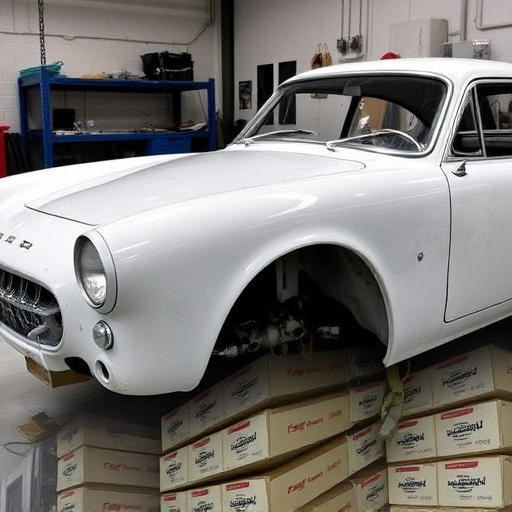
In the world of automotive safety, the Mercedes rollover protection system (MRPS) stands as a beacon of defense against unexpected hazards. At the heart of this sophisticated system are impact sensors – unsung heroes that operate discreetly, monitoring road conditions and vehicle dynamics. These sensors act as the first line of defense, swiftly detecting any signs of an imminent roll-over incident. They communicate crucial data to the MRPS, enabling it to respond in real time.
This communication between impact sensors and the Mercedes rollover protection system is vital for deploying safety mechanisms promptly. Auto body repair experts often emphasize the importance of these sensors in ensuring fleet repair services are efficient and effective. By quickly analyzing factors like speed, angle of impact, and vehicle movement, the MRPS can activate appropriate measures to protect occupants, enhancing overall vehicle bodywork integrity during such critical events.
Communication Between MRPS and Sensors: A Lifesaving Network

The Mercedes rollover protection system (MRPS) is a sophisticated network designed to save lives by responding swiftly to potential roll-over scenarios. At its core lies a crucial communication system between the MRPS and impact sensors, creating a lifesaving connection. These sensors, strategically placed around the vehicle, continuously monitor external forces and conditions that could indicate an imminent rollover. They relay this critical data back to the MRPS through a complex yet efficient network.
This seamless communication enables the MRPS to anticipate and react to events like sharp turns, loss of control, or even severe weather conditions. Upon receiving sensor data suggesting a possible rollover, the system activates a series of measures to protect occupants, including deploying airbags, triggering seatbelt pretensioners, and adjusting the vehicle’s dynamic stability control. This coordinated response, facilitated by the intricate communication between sensors and the MRPS, is instrumental in minimizing the risk of severe injuries or fatalities during unexpected incidents, enhancing overall auto maintenance and safety for Mercedes owners, even when facing challenges like hail damage repair.
The Mercedes Rollover Protection System (MRPS) is a testament to automotive innovation, leveraging impact sensors as unseen guardians to ensure driver safety. By establishing a lifesaving network of communication between these components, MRPS can rapidly detect and respond to potential rollover situations. This advanced technology underscores Mercedes’ commitment to revolutionizing vehicle safety, offering drivers peace of mind on the road.

